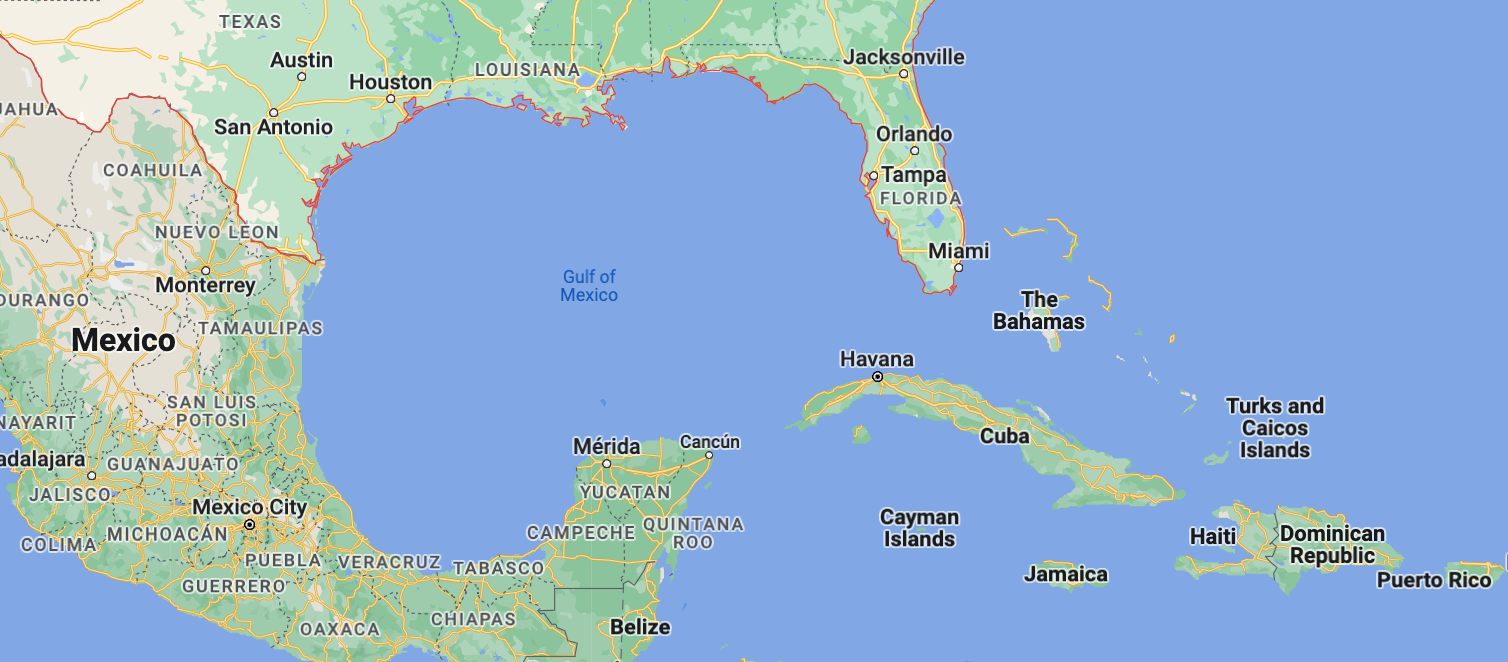A thousand miles from the U.S.-Mexico border, federal law enforcement and military that patrol the waters surrounding Florida and Puerto Rico are seeing the emergence of a new border crisis.
As record numbers of Cubans and Haitians attempt to cross the southern land border illegally, others are increasingly taking to the sea. Department of Homeland Security authorities with the Coast Guard told the Washington Examiner its personnel are interdicting more migrants at sea than ever before.
A Coast Guard spokesperson pointed to socioeconomic problems in both countries as a reason migrants choose to flee but added that the agency has warned against the risks involved in traversing the seas in unsafe vessels without life jackets. It is also a violation of federal law.
The Coast Guard encounters migrants packed into shoddy vessels in such places as the Florida Keys, South Beach in Miami, and off the Puerto Rico coast daily. Others who made landfall or swam ashore are taken into custody by Border Patrol.
IS AMERICA’S IMMIGRATION CRISIS CAUSING THE FENTANYL EPIDEMIC?
Since the start of the federal government’s fiscal year last October, the Coast Guard crews deployed to the southeastern coast of Florida and waters around Haiti and Puerto Rico have intercepted more than 10,000 people attempting to enter the United States illegally by boat. Just 2,000 of the 10,000 were off the coast of Cuba and Puerto Rico, while the remainder were around South Florida and the Florida Keys.
Roughly 3,400 were from Cuba and 6,100 were from Haiti — four times more Haitian migrants than the previous 12-month record.

Border Patrol agents out of Miami have apprehended an additional 2,000 people since October. The Coast Guard is increasingly encountering people by sea, before they can get to land, a major factor in why Border Patrol apprehensions have not topped the 2007 record of 7,000.
A spokesman for Border Patrol’s parent agency, U.S. Customs and Border Protection, said its Air and Marine Operations agents, who patrol the seas by air, significantly assist Coast Guard and Border Patrol on the ground when it comes to finding migrants.
#UPDATE #FINAL @USCG Cutter Vigilant crews repatriated 146 Haitians to #Haiti, Friday.
“Attempting to migrate illegally by sea to the US from Haiti is incredibly dangerous.” – Lt. Paul Puddington
Press Release: https://t.co/Zd20KB2cr6@USEmbassyHaiti @CBPAMO @CBPAMORegDirSE pic.twitter.com/GRbV8Wazv6
— USCGSoutheast (@USCGSoutheast) May 27, 2022
“A lot of these boats are being intercepted by Coast Guard because of the collaboration,” the CBP spokesman said. “Coast Guard has their detection technology as well. When you put both the resources together, it’s an amazing effort to do that — to intercept at sea.”
The Coast Guard repatriated the more than 10,000 people it interdicted and does not arrest or detain migrants. As a military entity, it is not responsible or able to enforce immigration laws. Migrants have not illegally entered the U.S. if they are encountered in the water. Coast Guard will shelter those it picks up from boats on one of its large cutters, or ships, then transport them back to Haiti or Cuba.
Key West, FL: 10 migrants from #Cuba were taken into #BorderPatrol custody on Tuesday evening after making landfall on a homemade vessel constructed of Styrofoam. This is a dangerous journey across the #Florida Straits onboard a homemade vessel.
#DontTakeToTheSea pic.twitter.com/0pTlA1Mlwl— Chief Patrol Agent Walter N. Slosar (@USBPChiefMIP) June 1, 2022
Border Patrol agents who apprehend migrants on land will bring them into custody. The Cuban government has refused to take back its citizens under removal procedures, allowing those who make it to largely avoid being deported, while Cuban migrants encountered at sea will be returned by the Coast Guard.
“Interdiction at sea is a Coast Guard function and individuals who are intercepted at sea do not get processed under immigration laws. Haitians … are taken back to Guantanamo Bay and processed at the Migrant Operations Center (MOC), then deported back to their home countries,” Aaron Reichlin-Melnick, policy director at the Washington-based American Immigration Council, wrote in a message.
#FridayMorning: 6 migrants from #Cuba were taken into federal custody after making landfall on a homemade vessel on South Beach in #Miami. Since Oct. 1, #BorderPatrol Agents have responded to 93 maritime smuggling events that made landfall in Florida. pic.twitter.com/YN3y2pWvUd
— Chief Patrol Agent Walter N. Slosar (@USBPChiefMIP) April 29, 2022
More than 170,000 people from Cuba and Haiti have attempted to cross the southern land border since last October, the start of the federal government’s 2022 year, according to CBP data. The 170,000 encounters are 10 times more than all of 2020 and represent the highest-ever number of Cubans and Haitians seeking refuge in the U.S.
“Just from Cuba alone, we already have more people in the last nine months than the entire Mariel boatlift. That’s just from one country — just from one country,” Sen. Marco Rubio (R-FL) said Wednesday.
Both groups of migrants who transit to the U.S. by land or sea pay human smugglers to facilitate that process. The sea journey can range from less than 100 miles to hundreds of miles depending on which country a boat departs from and is intercepted.
Of the 10,000 migrants encountered by sea, the Coast Guard said 39 died during the voyage, often by drowning or heat-related illness.
CLICK HERE TO READ MORE FROM THE WASHINGTON EXAMINER
Gov. Ron DeSantis (R-FL) did not respond to a request for comment.
